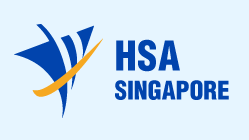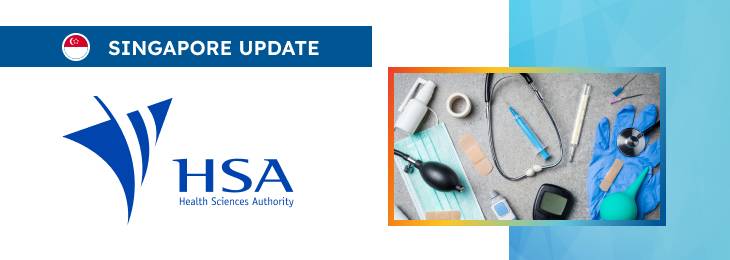
Table of content
The document describes in detail the applicable regulatory requirements. Also, it provides additional clarifications and recommendations to be considered by medical device manufacturers and other parties involved to ensure compliance to that.
At the same time, provisions of the guidance are non-binding in their legal nature, nor are they intended to introduce new rules or impose new obligations.
The authority also reserves the right to change the guidance and recommendations provided therein, should such changes be reasonably necessary to reflect corresponding amendments to the underlying legislation.
In particular, the document describes in detail certain aspects of medical device product registration processes and procedures.
Priority Review Scheme
As explained by the authority, the Priority Review Scheme accelerates the registration and market entry process for medical devices via the Full evaluation route, specifically targeting Class B, C, or D devices. This scheme is split into two distinct routes:
- Route 1 targets devices to address unmet clinical needs in five key healthcare areas: Diabetes, Ophthalmic Diseases, Cardiovascular Diseases, and Infectious Diseases. Devices must offer a novel treatment or diagnostic approach without alternatives or introduce breakthrough technology with significant clinical advantages.
- Route 2 is available for devices that do not meet the stringent criteria of Route 1. However, devices incorporating registrable therapeutic or medicinal products are excluded from this scheme.

Medical Devices Incorporating Medicinal Products
The document also clarifies the regulatory status of medical devices incorporating medicinal products.
According to the document, the authority acknowledges that medical devices may incorporate therapeutic or medicinal substances to fulfil their intended use. The regulation of such devices depends on their primary mode of action (PMOA).
If a device’s PMOA is not achieved through pharmacological, immunological, or metabolic means, it is regulated as a medical device.
Examples include drug-eluting stents and dermal fillers with analgesics.
Class D medical devices that incorporate registrable therapeutic or medicinal products undergo a joint evaluation process, and they may qualify for an abridged evaluation route under certain conditions.
Turn-Around-Time for Product Registration
The Health Sciences Authority aims to adhere to target processing times for product registration applications, emphasizing the importance of complete dossier submissions.
The calculation of turn-around-time (TAT) excludes periods where additional information is requested. It is also important to mention that the presence of a field safety corrective action (FSCA) can pause the TAT until the issue is resolved.
Product Registration Fees
The HSA website lists the application and evaluation fees for product registration. Application fees are due at submission, and evaluation fees are payable upon acceptance for evaluation.
Both fees are non-refundable, and withdrawal after acceptance leads to the forfeiture of evaluation fees.
Changes to a Registered Medical Device
Under the applicable regulatory requirements, registrants must notify HSA of any changes to the registered details of a medical device or any changes affecting the device’s safety, quality, or efficacy.
Guidance on this process is provided in the GN-21 document, detailing the required documents for a Change Notification submission.
Amendment of Device Listing
For typographical errors in device listing information, registrants can request amendments from HSA to make sure the information related to the product is displayed properly.
Annual Retention Fee
A non-refundable annual retention fee is necessary to maintain the registration of a medical device. Registrants will be reminded of the due date via email but must proactively ensure timely payment to avoid registration cancellation.
The Auto-Retention Scheme facilitates this process for registrants with interbank GIRO accounts.
Cancellation of Registration
According to the guidance, the HSA may cancel a product’s registration based on reasonable grounds, giving the registrant notice and an opportunity to respond. Cancellation requires registrants and dealers to cease all related importation and supply activities immediately.
Conclusion
In summary, the present guidance document issued by the HSA outlines the most important aspects associated with registering medical devices intended to be placed on the country’s market.
The document highlights the key points to be taken into consideration by the registration holders and other parties involved to ensure compliance with the relevant legal framework, and also provides additional explanations and clarifications.
How Can RegDesk Help?
RegDesk is a holistic Regulatory Information Management System that provides medical device and pharma companies with regulatory intelligence for over 120 markets worldwide. It can help you prepare and publish global applications, manage standards, run change assessments, and obtain real-time alerts on regulatory changes through a centralized platform. Our clients also have access to our network of over 4000 compliance experts worldwide to obtain verification on critical questions. Global expansion has never been this simple.

